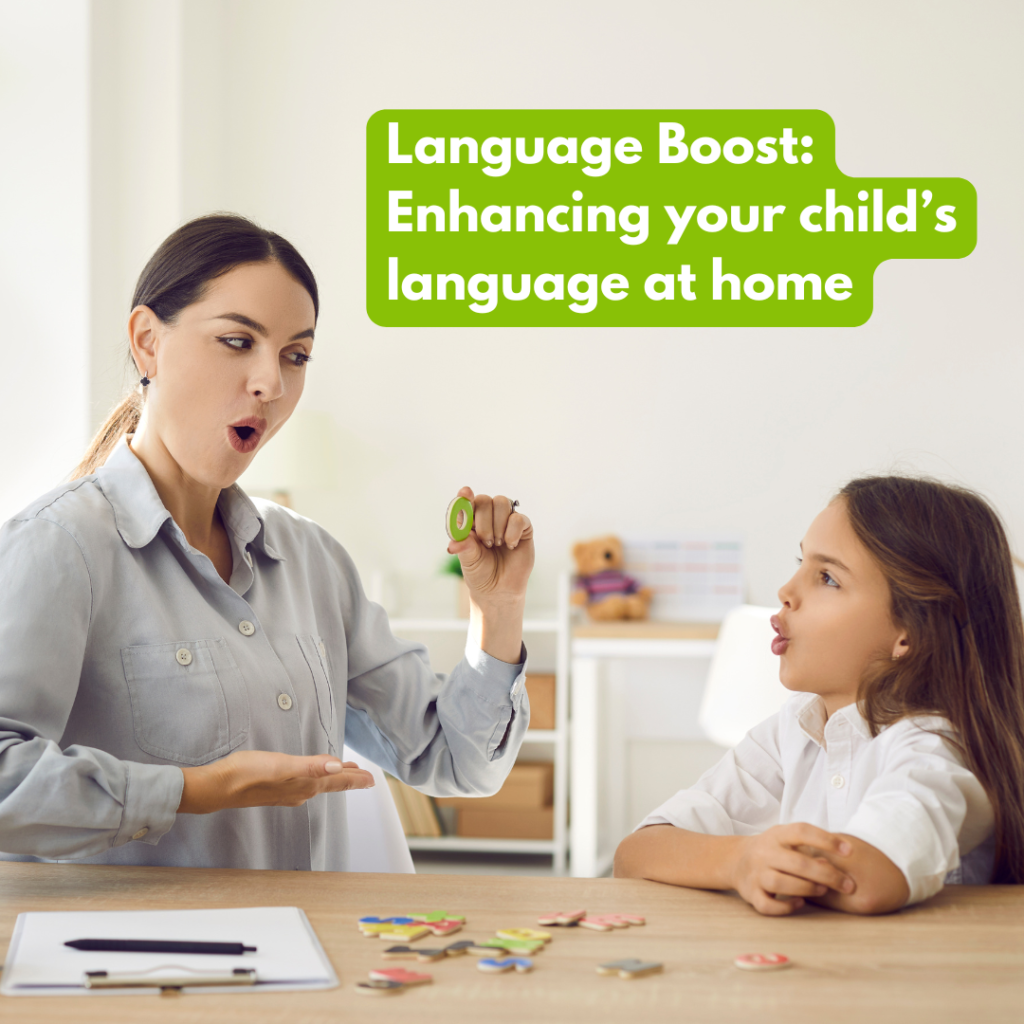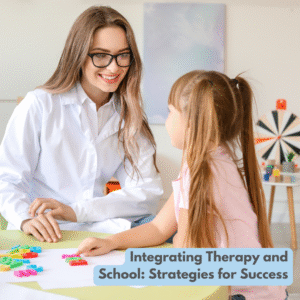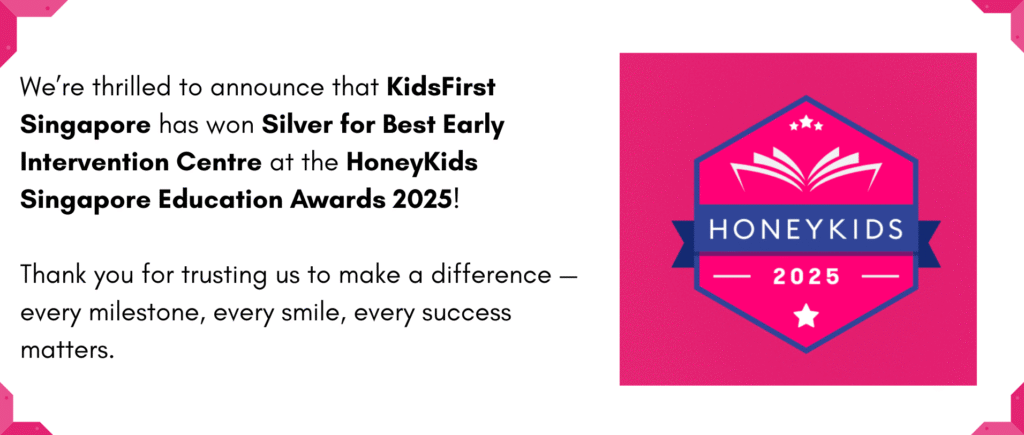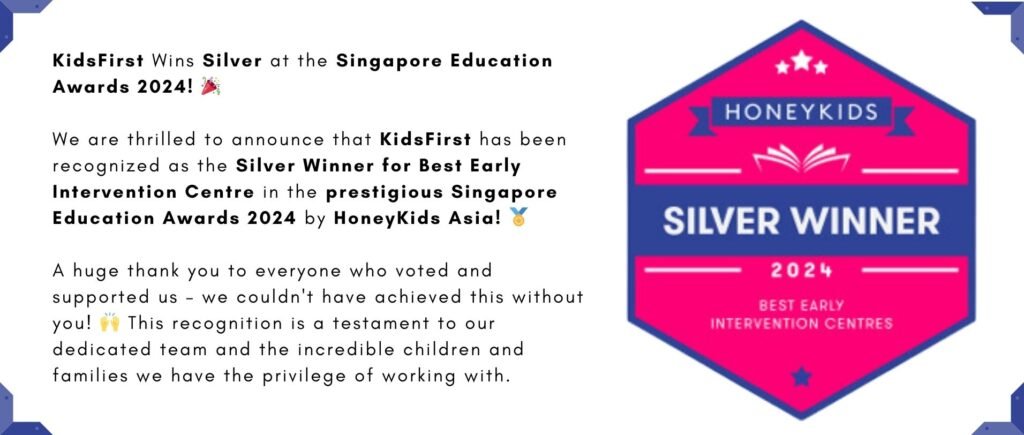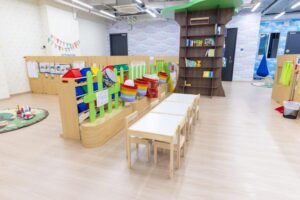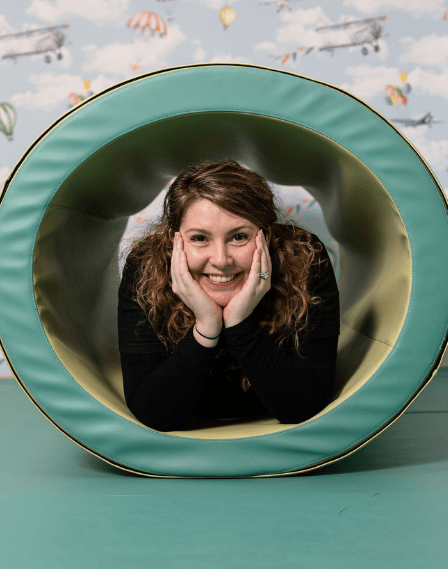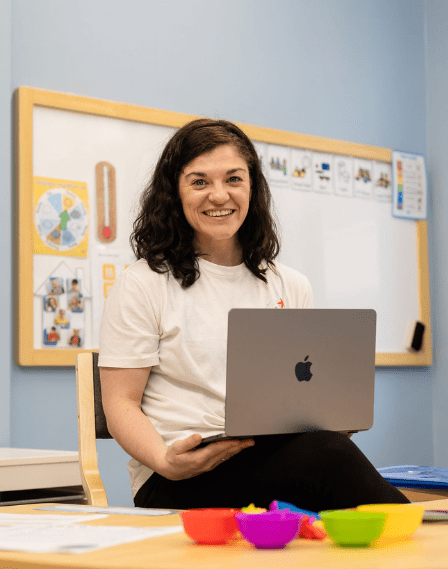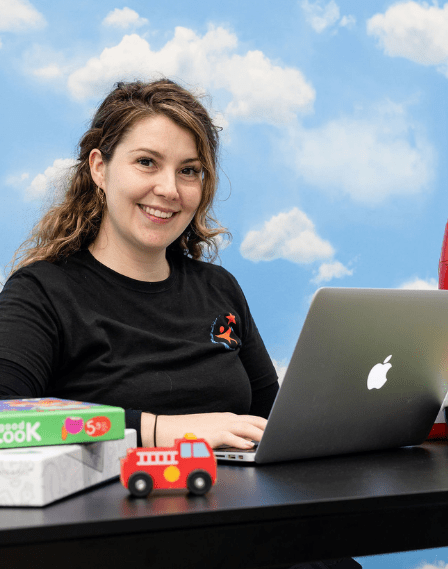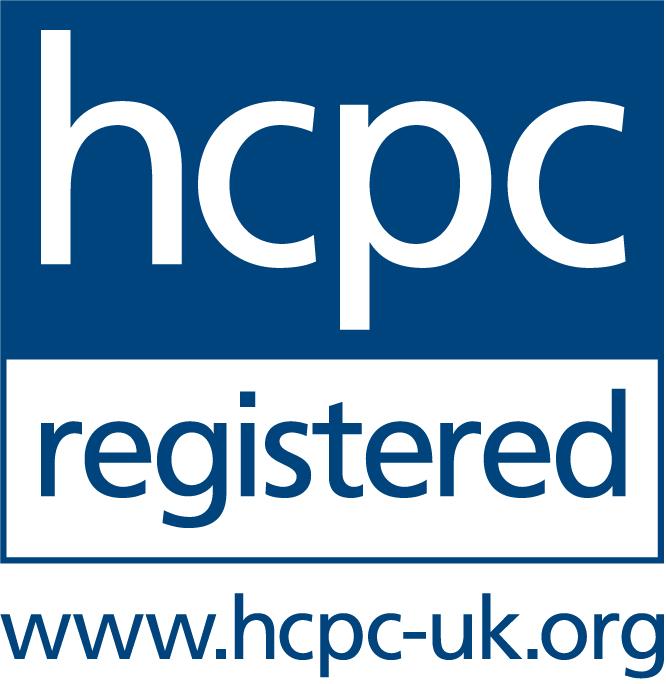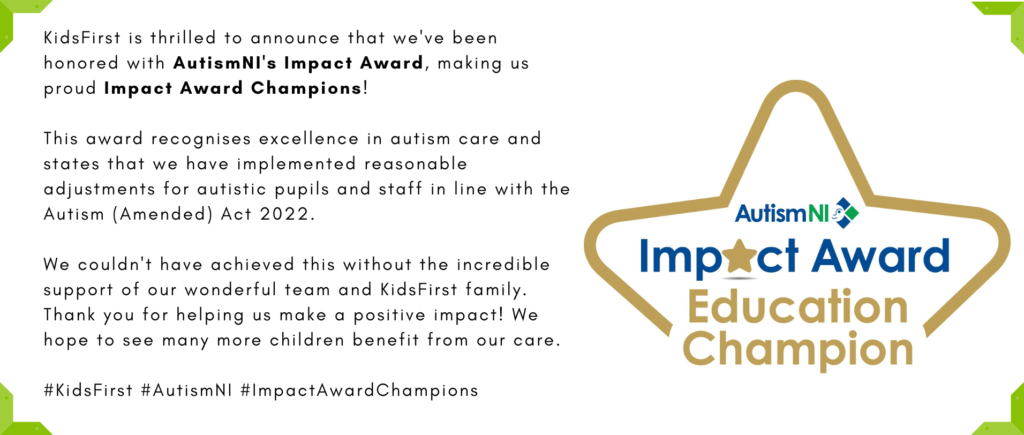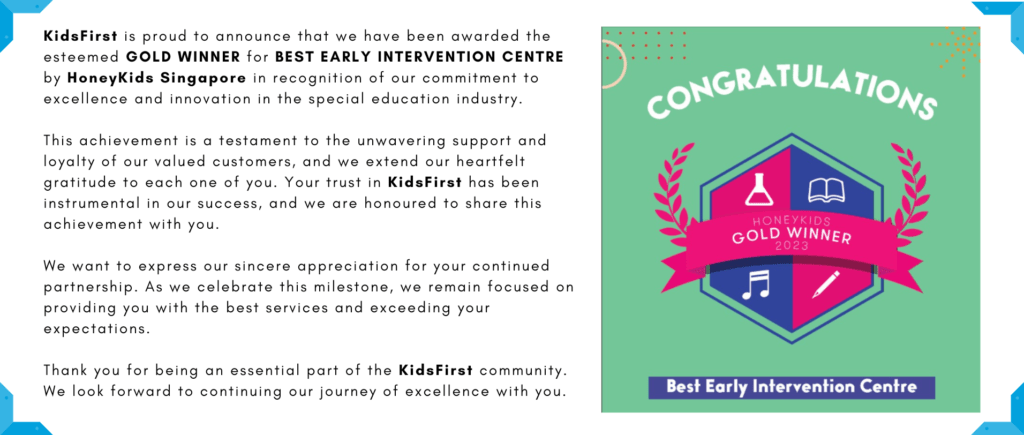Why create a language-rich environment at home?
- Vocabulary: Exposure to a variety of words helps children expand their vocabulary, enabling them to express themselves more clearly.
- Literacy Skills: Improving their language will support future reading and writing skills. You will be laying the groundwork for academic success!
- Cognitive Development: Engaging with language promotes critical thinking and problem-solving abilities as children learn to articulate their thoughts and understand complex concepts.
- Social Skills: By engaging more with your child, you are teaching children how to navigate conversations and understand social cues with verbal and non-verbal communication.
The Power of Routines
Routines are important to your child as they are predictable and comforting structures, even for us as parents. They happen every day which means lots of opportunities for repetition.
Repetition is key to learning. When parents and caregivers use words during the repetitive steps in their daily routines, children learn the language that describes events in their everyday lives.
The predictable structure of daily routines makes it a great time for learning to communicate. Because the steps don’t change, children can spend their energy and attention focusing on what people are saying and on sending messages themselves.
ROCK your routine
R – Repeat the steps in the same order and repeat what you say during the routine. If you are consistent with what you say and do each time you do the routine, your child will learn from this repetition. Help your child to do the routine with other caregivers or family members. Make sure that everyone who does the routine with your child does it the same way. This helps your child to generalize his skills and use it with different people.
O – Offer your child an opportunity to do something during the routine. Perhaps it can be squeezing the toothpaste when brushing his teeth or choosing a shirt to wear before going out. As you are thinking about the routine, think about when you can give your child a chance to either do a step or send a message to you. Decide when you will stop and wait during the routine (e.g., waiting after putting the wetting the toothbrush etc.).
C – Cue your child if they are not sure what to do. You could try pointing to the shoe as a reminder to put it on, pulling down their shirt just a little bit to get them started, or holding up the schoolbag to show them what to do next. Waiting is an excellent cue – if you wait a few more seconds, your child will likely do or say something.
K – Keep it going and keep it fun! Keep the routine going all the way to the end so your child learns the order of steps in the routine. You can make routines fun by adding bubbles or toys to shower or bath times, or singing songs about your routine (e.g., “Brush, brush, brush your hair, make them neat and tidy…” to the tune of Row, Row, Row your Boat). Children tend to have more fun and enjoy activities when they are involved! So keep finding new ways for your child to be involved once they are ready.
Here at KidsFirst, we believe in empowering our parents and caregivers and meeting their children where they are. Contact us for more information on how to enhance your child’s language at home.

